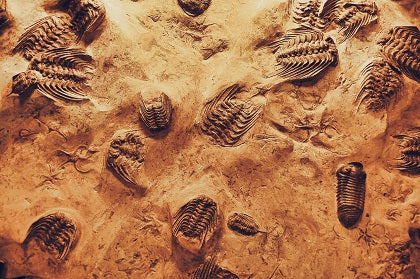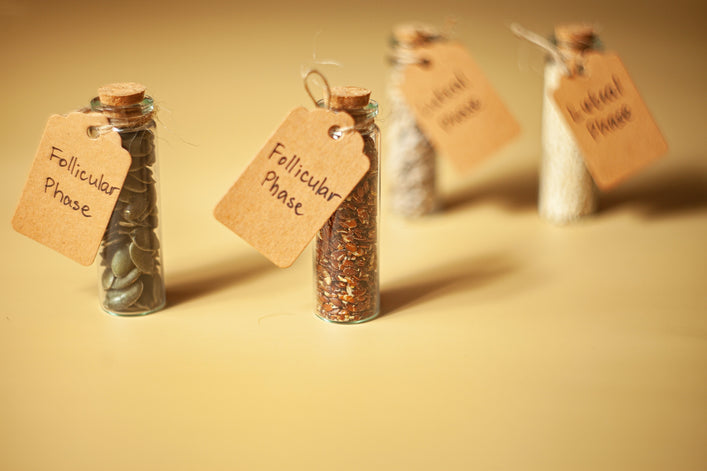What scientists are learning from the bacterial DNA of ancient humans.
If you take a trip to New Zealand you should be grateful you won’t bump into a moa.
You see, the moa – a type of flightless bird – has been extinct for about 700 years, but meeting one would have been a pretty scary encounter.
Moas weighed more than 500 pounds and stood over 12 feet tall, which is one and a half times as big as that other celebrated Big Bird.
It was through the examination of the fossilized remains of the moa, though, that researchers at the Australian Centre for Ancient DNA were able to estimate how long DNA is likely to last.
Apparently DNA has a half-life of 521 years (I know, pretty exact, right?) which suggests that under ideal conditions it would be 6.8 million years before the DNA bonds in a sample are all completely destroyed.
This can come in extraordinarily handy as it means that when scientists are let loose on ancient human specimens, they can do some amazing things with sequencing.
Take for example the fascinating case of the University of Copenhagen researchers who examined human bones from Europe and Asia, ranging in age from 3,000 to 5,000 years old.
When you look for human DNA in a sample, you start by retrieving all the DNA, most of which is actually not human, being made up of genetic information from microorganisms (that’s right, the microbiome).
But instead of just chucking out the non-human stuff, the Danish researchers decided to look instead at the bacterial DNA, among which, to their surprise, they found pathogens.
This led them to study the calcified plaque on human teeth up to 5,000 years old, from which they were able to extract the plague bacterium Yersinia pestis.
Historically, of course, the plague has been deadly.
It killed roughly a third of the European population during the 14th century’s Black Death.
Before that, the earliest known incidence of Yersinia pestis had been in the 6th century during the Plague of Justinian, a terrible pandemic that killed over 25 million people in the Eastern Roman Empire.
Suddenly, though, analysis of the ancient microbiome placed the presence of Yersinia pestis thousands of years earlier.
Prehistoric microbiomes have been in the news recently after scientists in Italy re-examined the 5,300-year-old mummified body of Ötzi the Iceman, originally accidentally discovered by a pair of hikers in the eastern Italian Alps.
Remarkably it was possible to sequence Ötzi’s gut bacteria, which were found to contain Helicobacter pylori, a bacterium that infects around half the population and occasionally causes stomach ulcers.
Now, the type of Helicobacter pylori carried by most present-day Europeans is a hybrid of two ancient strains.
One originated in Africa, the other in Eurasia, and it had previously been supposed that the hybridization occurred about 2,000 years ago.
But Ötzi’s stomach only contained the Eurasian strain, so once again it became necessary to revise hypotheses.
It’s now thought that the African strain was carried to Europe by the first farmers, who migrated from the Middle East starting around 8,000 years ago.
Scientists can extract historic microbial DNA from all kinds of sources.
As we’ve seen, the Italians used a mummified stomach. The Danes used teeth.
But a 2012 team from the University of Oklahoma used coprolites, which are essentially fossilized feces.
Now coprolites are a fascinating concept.
Depending on how regular you are, every day you pull the handle to dispatch your waste into the sewers, thinking little of it I’m sure.
But imagine just one of your “specimens” going on to be turned into stone, then poked and prodded by lab technicians thousands of years later.
3,400 years later in the case of the University of Oklahoma scientists, who were incredibly able to deduce that one of their pieces of petrified poop almost certainly came from a child.
It contained a bacterium generally only present when an infant has been breastfed.
Have a great week!













